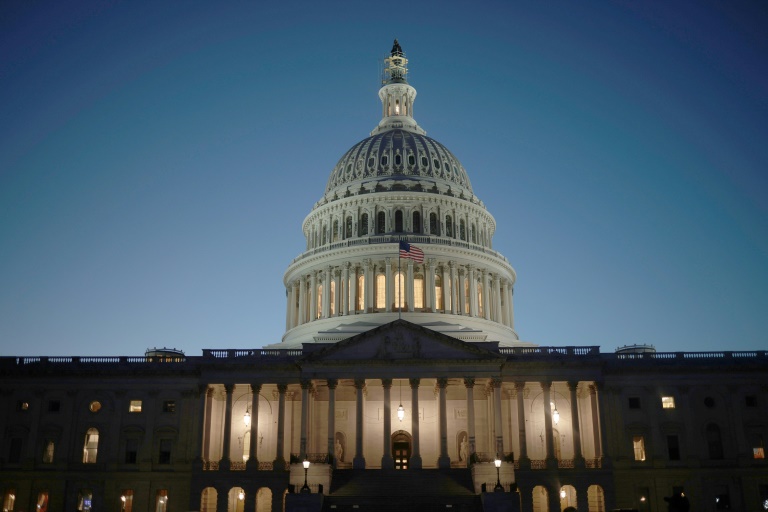The recent surge in immigration into the United States has become a focal point in discussions surrounding the nation’s economic landscape. With immigration levels reaching unprecedented heights, experts are closely examining its ramifications on labor dynamics, housing markets, and overall productivity.
According to Joyce Chang, Chair of Global Research at JPMorgan, immigration has played a significant role in bolstering the economy amidst global challenges. Chang highlights that the surge in immigration, estimated at 3.3 million newcomers annually, has contributed to increased consumption and driven economic growth.
This influx of immigrants has not only fueled population growth but has also exerted notable effects on the labor market. Despite concerns over tightening monetary conditions, the labor market has remained robust, with unemployment staying below 4% in February and the addition of 275,000 jobs to the economy. However, the implications of such rapid labor growth extend beyond mere employment figures.
The Congressional Budget Office projects that immigrants will add 3.3 million people to the US population annually, significantly higher than the average seen in the last decade. JPMorgan’s Chief Economist, Michael Feroli, notes that this surge in immigration has helped resolve macroeconomic puzzles, particularly in understanding labor dynamics. The influx of immigrant workers has bolstered US output growth, prompting upward revisions to GDP forecasts by major financial institutions like Morgan Stanley and Goldman Sachs.
However, the housing market has faced challenges stemming from the surge in immigration. Despite robust demand, housing supply has struggled to keep pace, leading to persistent shortages and soaring home prices. JPMorgan highlights that even with housing completions approaching 1.5 million units annually, vacancy rates remain at multi-decade lows, exacerbating affordability concerns for prospective homebuyers.
Moreover, high mortgage rates have compounded housing market strains, deterring potential sellers and exacerbating supply-demand imbalances. The influx of immigrants, while contributing to housing demand, has intensified pressure on housing affordability, prompting calls for increased supply-side interventions.
While immigration has proven to be a double-edged sword for the economy, its net impact remains a subject of debate. Chang asserts that the economic benefits of immigration, including increased consumption and revenue generation, outweigh the associated expenses. However, political considerations and societal concerns surrounding immigration persist, with the issue shaping electoral discourse and policy debates.
Looking ahead, the trajectory of immigration and its economic implications remain uncertain. The Congressional Budget Office projects a gradual decline in net immigration levels over the coming years, with potential repercussions for labor markets, housing dynamics, and overall economic growth.







